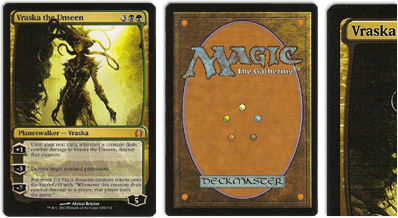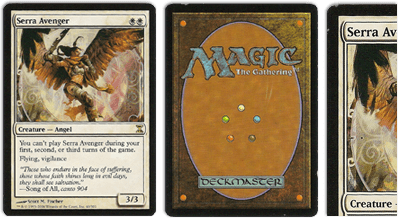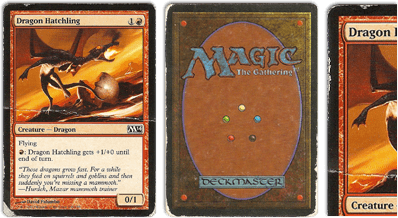-
Magic: The Gathering
- MTG Singles
- Sealed Products (Boosters, Bundles, Commander Decks, etc.)
- (Pre-Order) Marvel's Spider-Man - Bundle
- (PREORDER) Edge of Eternities - Commander Deck (Counter Intelligence)
- Magic The Gathering Mythic Edition Storage Box
- A Game of Thrones LCG 2nd Edition: Ironborn Reavers Playmat
Pokémon TCG
- Pokemon Sealed
- Pokemon Singles
- Pokemon 5-piece Tradesies Stretchy Friendship Bracelet Set
- Build & Battle Obsidian Flames | Pokemon | New
- 2023 Pokemon Trading Card Game Classic Collection
- Pokemon TCG: Sword & Shield-Fusion Strike Trainer Box
- Scarlet & Violet - Build & Battle Stadium
Miniatures & Wargaming
-
-

![!!! (Chk Chk Chk) - Myth Takes [CD] (ONLINE ORDER ONLY)](http://animeimports.net/cdn/shop/files/chk-chk-chk-myth-takes_5QZfW_49daff2f-da2f-4bdb-b476-cd9e13b7b2a0_130x168.jpg?v=1755683119)






 '
' '
' '
' '
' '
'